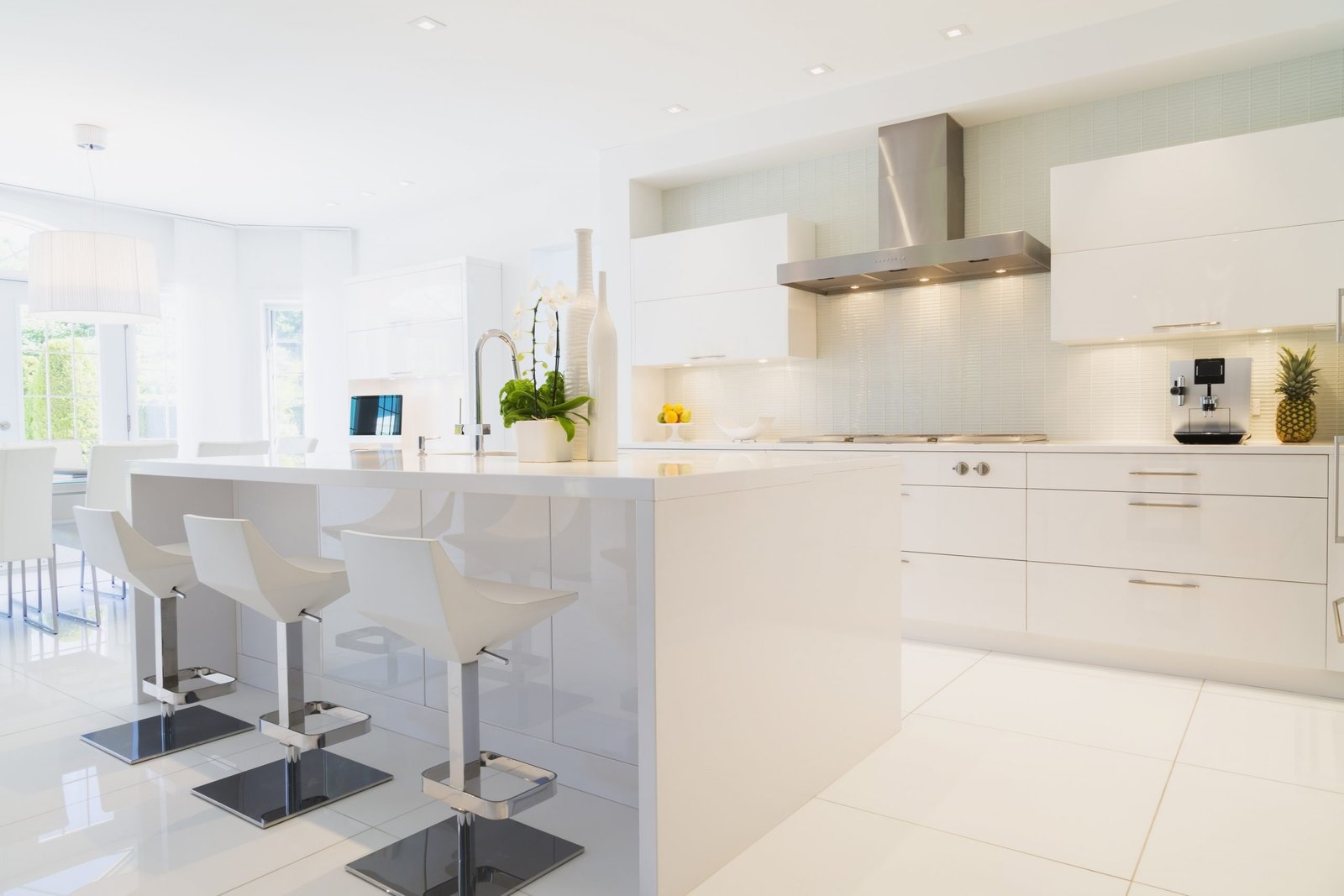The cost of granite countertops is dependent upon a number of factors over and above straight forward issues such as size and quantity of slabs. Factors such as the country or area of origin, the colour of the rock, the presence or absence of patterns or ‘veins’ within the rock which might make it more or less attractive and unique, and whether or not it has any flaws or ‘pits’ which have required filling, will all contribute to the price a slab of granite will command. But bear in mind that the base matter of granite is the same throughout the price range and, aside from structural issues such as the thickness of a slab and the presence of ‘filled’ areas, when you buy granite you are getting granite, with everything that implies about strength and durability.
Granite is quarried in a number of countries. The stone itself is created by vast pressures deep beneath the earth’s surface but is then made available for quarrying by the natural subterranean movement which results in mountain ranges. Hence, granite quarries tend to be in or close to mountain ranges such as those in South America, India, China, Scandinavia and Europe. This aspect of the origins of granite also has an affect upon the final cost of the product since transportation expenses do impact upon the final price.
Initially, the granite is cut from the mountains in huge blocks up to 20 tonnes in weight. The stone cannot be blasted since it would be destroyed so massive cutters with diamond heads are used to cut blocks out of the quarry. Much of the world’s raw granite supplies are then transported to the Verona Region of Italy which has a huge processing plant for slicing and polishing the great slabs which can take up to six days to complete. Using progressively finer grits, the surface of one side of each of these blocks is ‘polished’ abrasively, like the process of sandpapering, until the surface takes on its recognisable marble ‘shine’.
These finished, yet still large, slabs are then transported to local workshops where they will be cut up to the correct size for their final use in your home. Unusual shapes or sizes are an additional consideration and simpler, more common shapes or sizes will be a bit less. All these transportation and processing costs add to the final price in addition to the rarity of a particular stone or colour; these are the elements which contribute to the cost of granite countertops.



